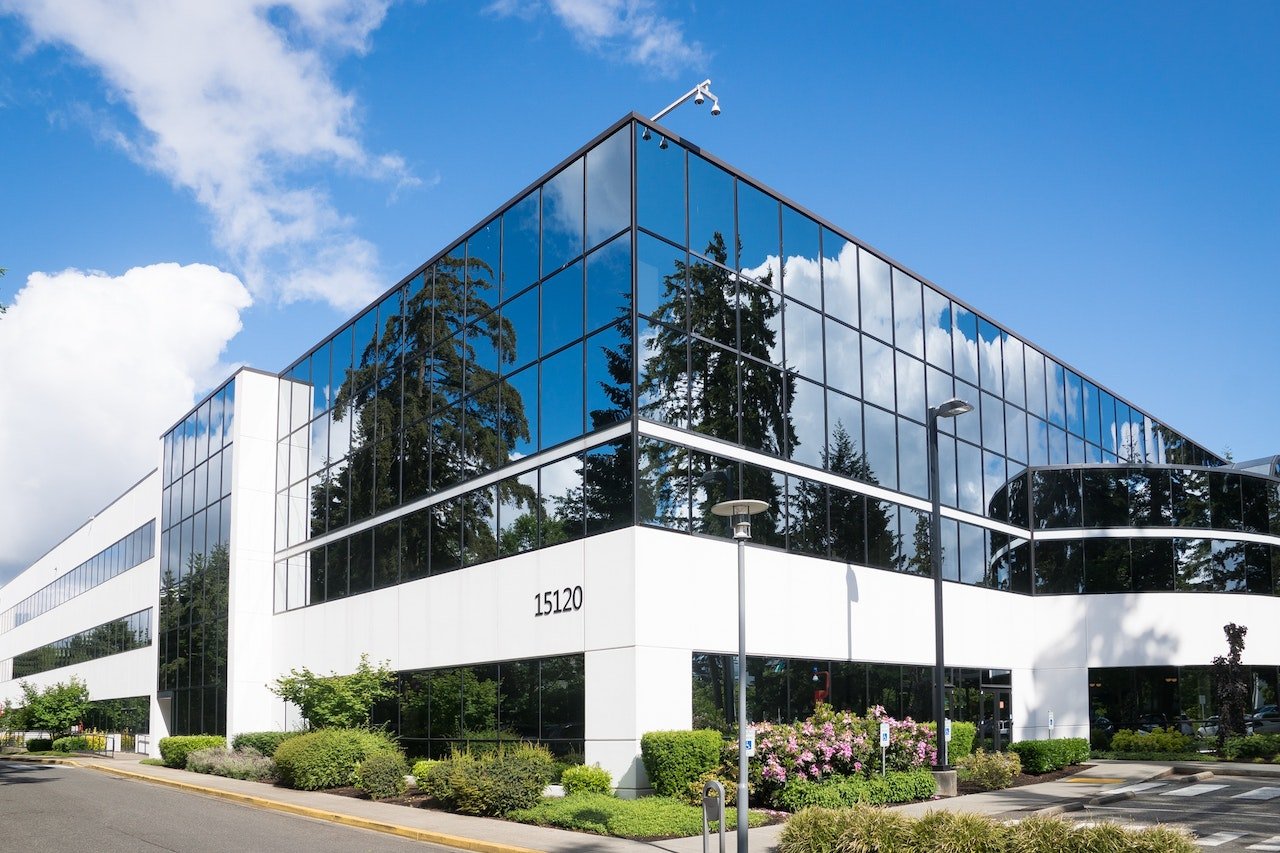The evolution of technology is fundamentally reshaping the structure, operations, and boundaries of the modern firm, breaking down traditional hierarchies and enabling new models of collaboration, innovation, and scale. Here’s a detailed look at how technology is redrawing the boundaries of the firm in 2025:
🧠 1. The Digital Core: Cloud, AI, and Automation
What’s Changing:
- Companies no longer need massive in-house IT infrastructure.
- Cloud computing and AI platforms allow firms to scale up or down instantly, collaborate globally, and access powerful computing resources on demand.
Impact:
- Smaller firms can compete with larger incumbents.
- Functions like HR, accounting, and legal can be automated or outsourced to AI-powered platforms.
🌐 2. The Rise of the Networked Firm
Key Concept:
- Traditional vertical integration is being replaced by horizontal networks.
- Firms increasingly operate like platforms—connecting freelancers, suppliers, customers, and AI agents in real time.
Real-World Example:
- Amazon and Alibaba act as digital ecosystems, not just retailers.
- Startups use platforms like Upwork, Fiverr, and Zapier to replace full-time roles with flexible, outsourced work.
🤖 3. AI as a New Organizational Layer
New Dynamics:
- AI isn’t just a tool—it’s becoming a decision-making layer in firms.
- Algorithms help decide pricing, hiring, logistics, and product recommendations.
Consequence:
- Middle management layers shrink as AI takes over many coordination roles.
- Workers collaborate with AI copilots (e.g., Microsoft Copilot, ChatGPT) instead of traditional supervisors.
🏢 4. Remote and Hybrid Work Redefining Office Boundaries
Big Shift:
- The concept of a “firm” as a centralized location is fading.
- Virtual offices and metaverse platforms are emerging for collaboration.
Effects:
- Talent pools have gone global—companies can now tap the best minds regardless of geography.
- Culture, onboarding, and management strategies are being redesigned for digital-first workforces.
🧩 5. Modular Business Models
Explanation:
- Technology enables companies to modularize their services—breaking down offerings into reusable components.
- APIs (Application Programming Interfaces) let firms plug into other services seamlessly.
Example:
- A fintech startup might use Stripe for payments, Plaid for banking data, and OpenAI for customer service—without building any of it in-house.
💡 6. Innovation Without Ownership
Shift:
- Firms no longer need to own R&D labs or factories to innovate.
- Open-source software, digital twins, and crowdsourced innovation platforms let companies collaborate with global networks.
Implication:
- The boundary between “inside” and “outside” the firm blurs—innovation can come from anywhere.
⚖️ 7. Redefining Trust and Contracts with Blockchain
Trend:
- Blockchain tech is replacing traditional trust mechanisms with smart contracts and decentralized verification.
Benefits:
- Enables decentralized autonomous organizations (DAOs), where decisions are made by token holders rather than executives.
- Contracts can be executed automatically with zero manual enforcement.
📉 8. Shrinking Asset Ownership
Pattern:
- Many firms are shifting from asset-heavy to asset-light models, thanks to the sharing economy and tech platforms.
Examples:
- Uber owns no cars. Airbnb owns no hotels.
- Even manufacturing firms now use “manufacturing-as-a-service” models to reduce capital investments.
🔍 9. Real-Time Data as Strategic Infrastructure
Insight:
- Competitive advantage now lies in how fast and effectively firms can analyze and act on data.
Enabled By:
- IoT (Internet of Things), real-time dashboards, and edge computing make it possible to respond to markets instantly.
🔮 10. The Future: Firms as Living Algorithms
Long-Term Vision:
- The firm becomes a dynamic, data-driven organism that continuously adapts and evolves.
- Decision-making is distributed, AI-augmented, and deeply integrated across digital ecosystems.
Final Thought:
Technology isn’t just changing what firms do—it’s redefining what a firm is.
Boundaries are becoming porous, hierarchies are flattening, and agility is now the defining feature of success in the digital era.











